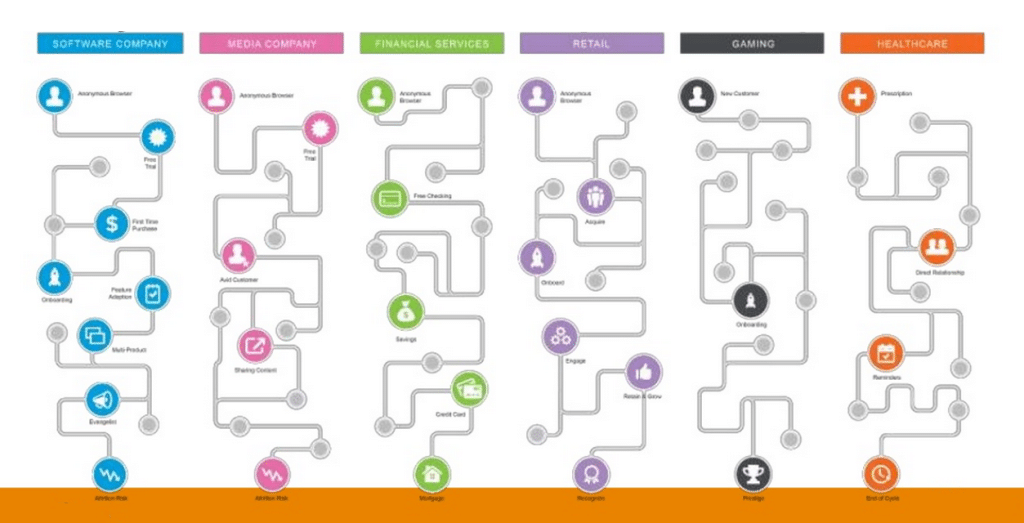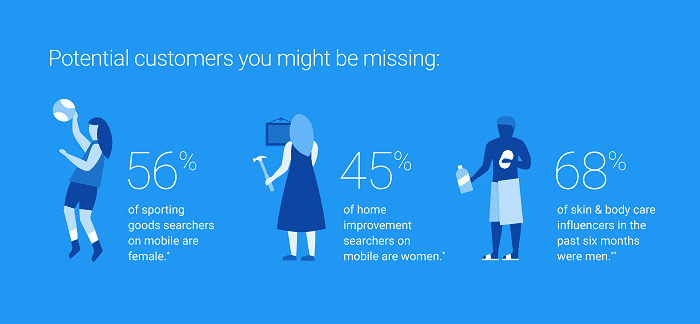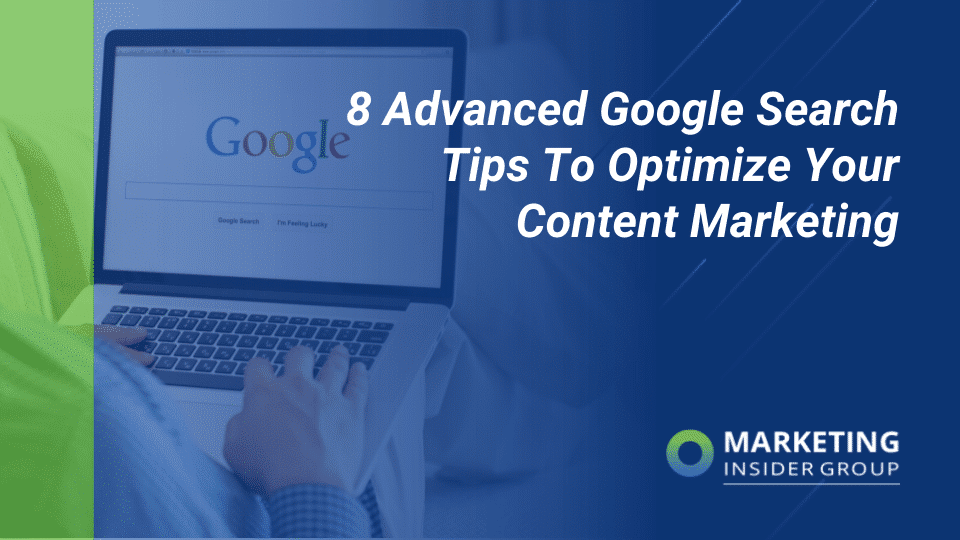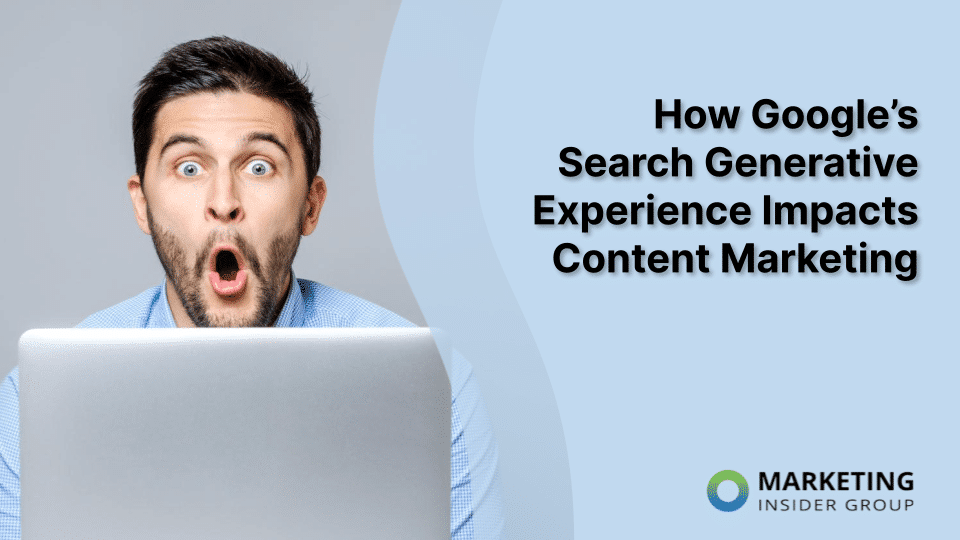
8 Content Marketing Lessons from Google’s Customer Intent Study
75% of consumers would not care if the brands they used went away completely. How’s that for a stat to make you spit ourt your morning coffee?
Why? Because we know that if the brands we use disappear, another product or service will come along to replace it. So what does this mean for content marketing?
It means that everything must be about the customer and the traditional marketing funnel has gone from linear to including many, if not hundreds, of touch points before a customer makes a purchase.
To be successful, content marketers must understand their customers’ intent, otherwise defined as the thoughts that direct their decisions towards a purchase.
Google analyzed the search intent marketing funnel. For 6 months, they observed nearly 3,000 customers go through the purchasing process. Their report follows four hypothetical clients whose stories are based off of what the data revealed about the customer journey and content marketing.
These insights reinforce what I have been teaching clients about the customer journey for years and brought to light some fascinating insights. Here are several key learnings to keep in mind while executing your content marketing strategy.
Quick Takeaways:
- Your content marketing goals must be aligned with your business goals.
- Customers are expecting quick, informative, seamless experiences with brands.
- Optimization matters for the customer journey as well as your long-term goals.
- The customer journey does not end at the point of purchase; content marketers must plan accordingly.
Each Customer Journey is Unique
Just as no two people are exactly alike, the same rings true for each customer journey. Once a linear process, now customers often broaden and narrow their search when making a purchasing decision. It’s unpredictable and requires brands to provide information at each possible touchpoint.
Provide Instant Gratification
Customers want and expect answers now. It is up to us as content marketers to provide them with those answers without the expectation that the single touchpoint will be the one that convinces them to buy.
Alignment is Critical
The results from the study proved that content marketing goals need to be in alignment with business goals. It is critical that we understand the impact of our content and are able to connect it to revenue, gross margin, and profits.
Optimization Goes Both Ways
The study emphasized that optimizing your content for the lifetime value of your brand is as important as optimizing it for your customers.
“Some customers spend more — a lot more — and many customers spend less. Understanding that can mean the difference between paying to acquire profitable customers and paying to acquire the customers your competition didn’t want.”
Video is King
It has been understood for a long time that video helps brands build awareness. However, the study revealed that video’s role in the customer journey is much more than awareness. It empowers people at every stage of the journey. Check out these statistics:
- 4 in 5 people report that digital video helps them learn a new skill or reduce stress
- It helps motivate people to go from watching to doing, as long as the content is authentic and relatable
- 7 in 10 people report increased confidence and empowerment after watching a YouTube video
- 80% of people say they switch between search and online video when making a purchasing decision
Automation Matters
If you have not already, it is time to invest in machine learning technology. Not only does it provide a fast, seamless experience for your customers, machine learning can help you understand and predict customer intent in ways that aren’t possible manually. Artificial intelligence can also help you find missed or unexpected connections between your business goals and your customers’ habits.
Customer Intent Matters for Brick and Mortar Stores
In a time when it seems like everything is done online, brands with physical stores must take into account a customer’s intent as much as those with online stores. The following is a good example:
25 year old Jill put a lot of research into finding hypoallergenic makeup. Her search widened and narrowed as she sought information on the best brands, if a certain brand carried hypoallergenic makeup, and the best brands for sensitive skin. She even searched for tips on how to apply makeup for a natural look. Toward the end of her journey, she looked up the reward programs for cosmetic stores and ultimately went into the store to purchase her makeup.
Jill’s journey proves that no aspect of our content marketing can be ignored. She did all of her research online, including watching videos, and then made her purchase in person.

Customer Journey Extends Beyond the Purchase
Another customer, Ava, searched for and selected an affordable airline ticket. After her purchase was complete, she continued to search for additional information about travel logistics and plans. Her searches included information about airports, passports, and tourist options once she lands.
Ava’s journey drives home the point that content needs to be created for every stage of the journey, including after the purchase has been completed.
Optimizing Your Customer Journey
From optimizing content to data analysis, understanding the customer journey is critical for brands to be successful in today’s world. I have helped numerous Fortune 500 brands reframe how they think about the process and created content that resonates with their customers.
And if you are ready to get more traffic to your site with quality content that’s published consistently, check out our Content Builder Service. Set up a quick consultation, and I’ll send you a free PDF version of my books. Get started today–and generate more traffic and leads for your business.
Subscribe here for updates on our latest thinking on marketing, leadership, and growth!







Great Article thanks for the advice. I will be reading more.
Thanks, John!
Great information, Michael. When you mention investing in Machine Learning technology, do you have specific kinds to suggest? It does seem the purchasing funnel has changed into more of an hourglass, with more opportunities to capture potential customers along their journey. As far as video, I imagine this extends beyond YouTube, and includes the use of video on your website, as well. Thanks for the comprehensive list of tips.
Hi Jen,
Yes I think some of the biggest opportunities for machine learning in marketing start with social (when should I post). Most of the major social platforms are using machine learning to suggest that. Curation tools like Buffer are also using machine learning to find content you should post on social. Marketing automation platforms are also diving into machine learning with personalization tools.
Marketo has their content.ai. Salesforce/Pardot and Hubspot are doing the same. And then there’s a host of other tools that are also using machine learning to deliver personalization. Tools like idio, sailthrough and Onespot are some of the tools that come to mind.
Finally, CONCURED is using machine learning to help identify content gaps and help brands figure out how to own the conversation on a semantically relevant topic.
Those are just some examples. I hope that helps!